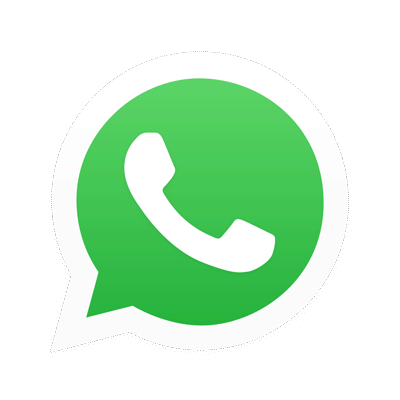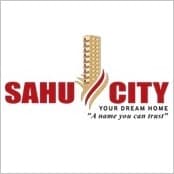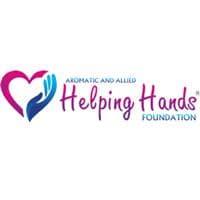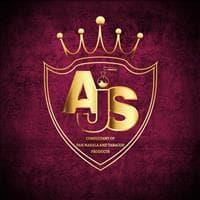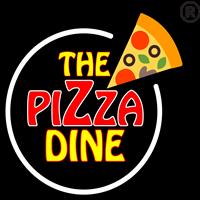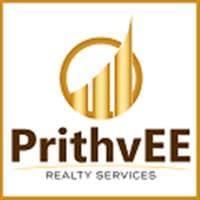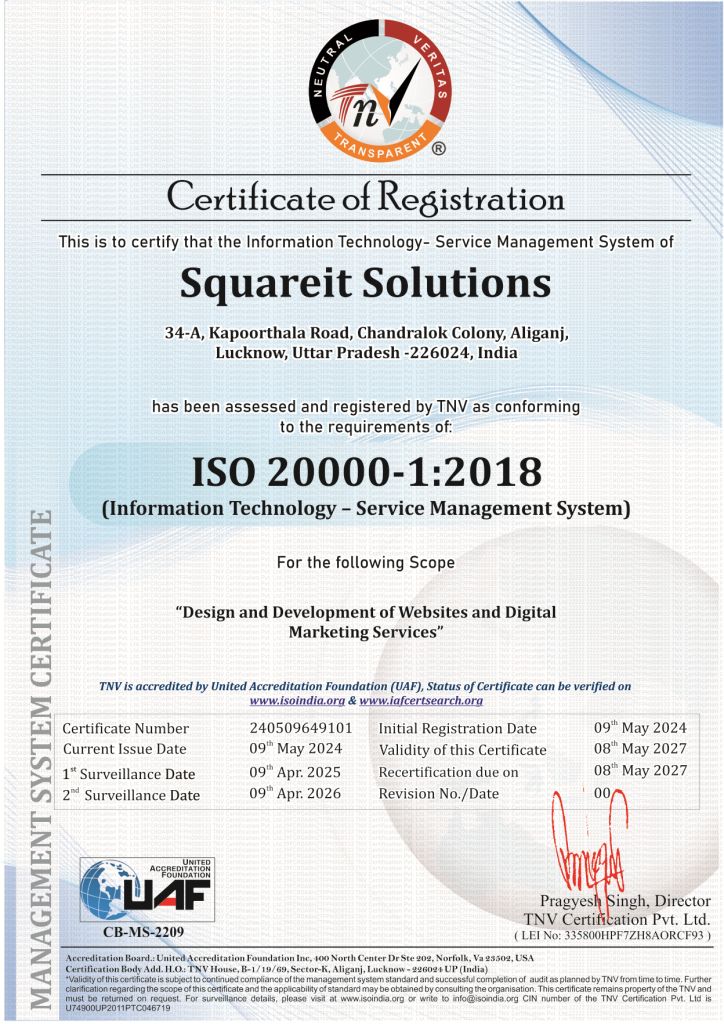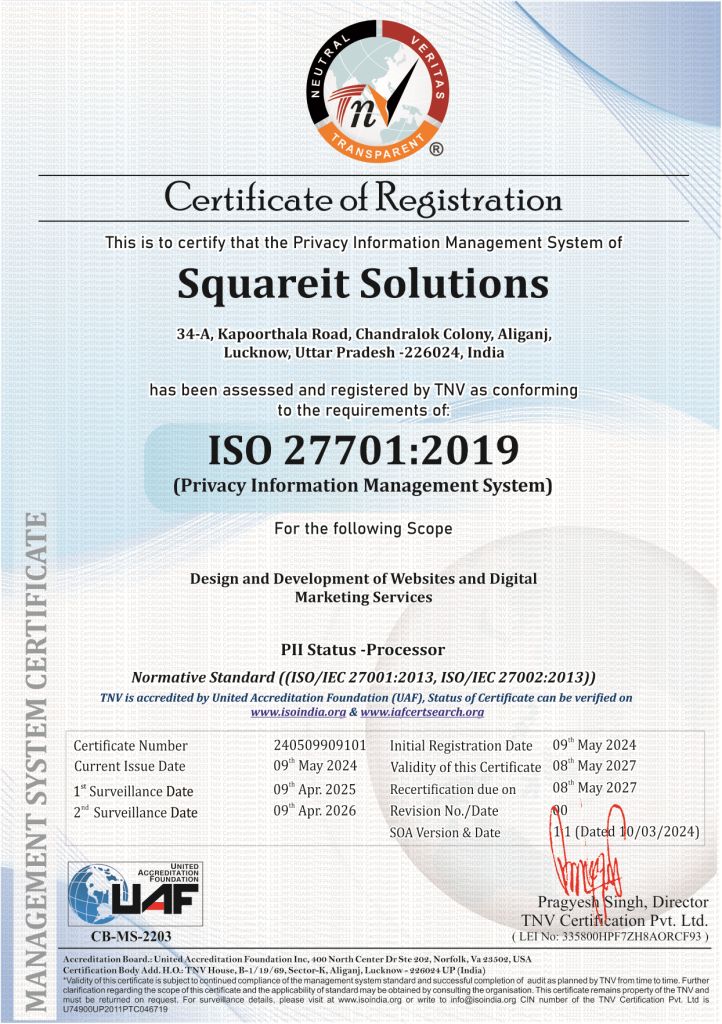Internet Portal Serevices
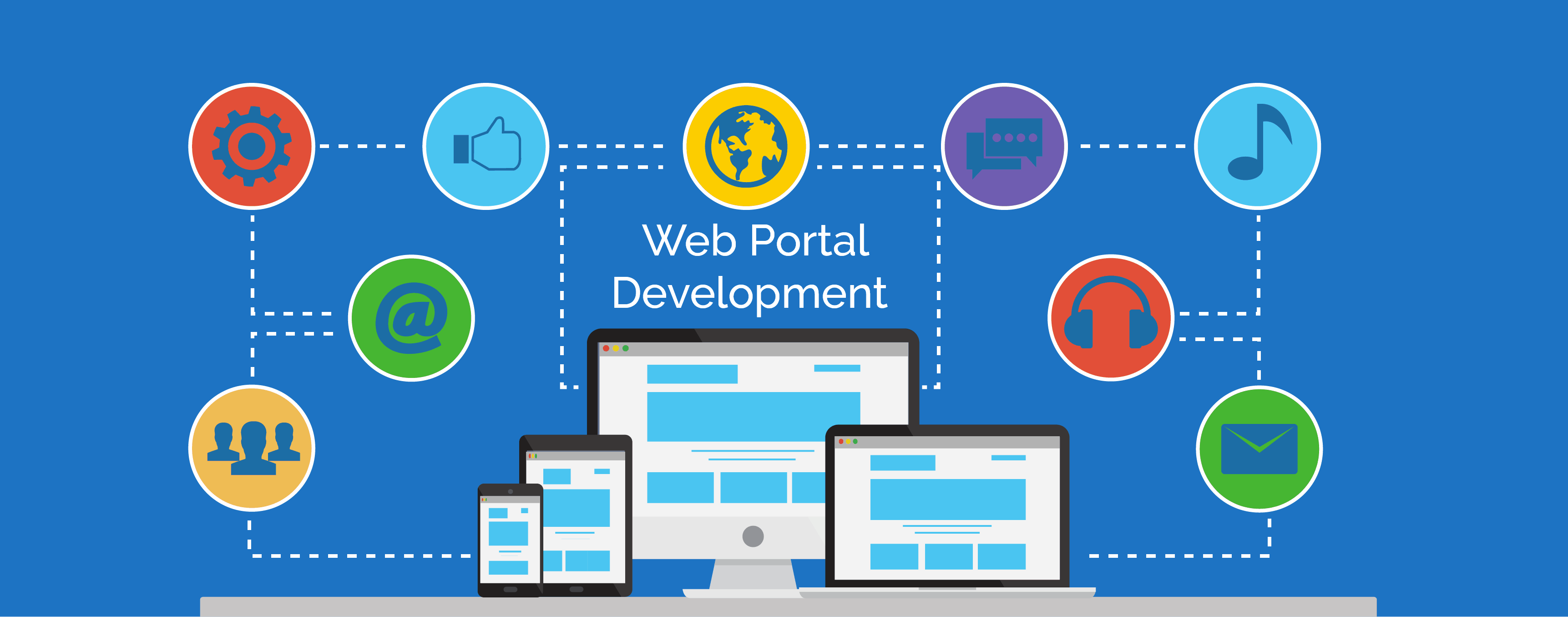
A Internet portal is most often one specially designed web site that brings information together from diverse sources in a uniform way. Usually, each information source gets its dedicated area on the page for displaying information (a portlet); often, the user can configure which ones to display. Variants of portals include mashups and intranet"dashboards" for executives and managers. The extent to which content is displayed in a "uniform way" may depend on the intended user and the intended purpose, as well as the diversity of the content. Very often design emphasis is on a certain "metaphor" for configuring and customizing the presentation of the content and the chosen implementation framework and/or code libraries. In addition, the role of the user in an organization may determine which content can be added to the portal or deleted from the portal configuration.
A portal may use a search engine API to permit users to search intranet content as opposed to extranet content by restricting which domains may be searched. Apart from this common search engines feature, web portals may offer other services such as e-mail, news, stock quotes, information from databases and even entertainment content. Portals provide a way for enterprises and organizations to provide a consistent look and feel with access control and procedures for multiple applications and databases, which otherwise would have been different web entities at various URLs. The features available may be restricted by whether access is by an authorized and authenticated user (employee,member) or an anonymous site visitor.
Example sofearly public web portals were AOL, Excite, Netvibes, iGoogle, MSN, Naver, Lycos, Indiatimes, Rediff, and Yahoo!. See for example, the "My Yahoo!" feature of Yahoo! which may have inspired such features as the later Google "iGoogle" (discontinued as of November 1, 2013.) The configurable side-panels of, for example, the modern Opera browser and the option of "Speed Dial" pages by most browsers continue to reflect the earlier "portal" metaphor.
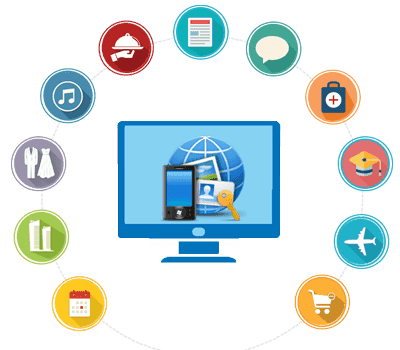
Internet Portal
Features of web portal
Creating a custom web portal can be tricky as you need to be mindful of what your portal is projecting and is it in alignment with your company’s objectives. Although an optimized web portal can offer you various features and increases your growth.
1. Engaging homepage:
The homepage will be your first impression on a user who has logged in to your web
portal. It is the first thing that appears after logging in. You need to make sure that
your homepage catches the attention of the user and try to make it interactive with
clean and compact details.
2. Dashboard review: A well-designed dashboard or portal’s homepage should allow a quick recap of all the pending or urgent tasks with a feature to mark them done when completed. It is like a pop up displaying things to do on the homepage of your web portal.
3. User customization: Personalizing the web portal according to the user's need is a must feature. All the users should get notified about things which they prefer or are related to them. Thousands of notifications about irrelevant things can get annoying for a user. You
can choose from a variety of options about how to enhance your custom.
4. Ease in access: Don't make your web portal too complicated for users. You should design it in a way that all the information that a user needs can be easily accessed without any hassle.
5. Tools for tracking: Tracking your order status is a crucial feature that web portal should offer their users.It should allow you to track your shipment information so that confusion can beeliminated. It will provide a sense of security when any user places an order.
A personal portal typically provides personalized capabilities to its visitors or its local user, providing a pathway to other content. It may be designed to use distributed applications, different numbers and types of middleware and hardware to provide services from a number of different sources and may run on
a non-standard local web server.
In addition, business portals can be designed for sharing and collaboration in workplaces. A further business-driven requirement of portals is that the content is presented on multiple platforms such as personal
computers, personal digital assistants (PDAs), and cell phones/mobile phone/mobile phones. Information, news, and updates are examples of content that would be delivered through such a portal.
Personal portals can be related to any specific topic such as providing friend information on a social network or providing links to outside content that may help others beyond your reach of services.
